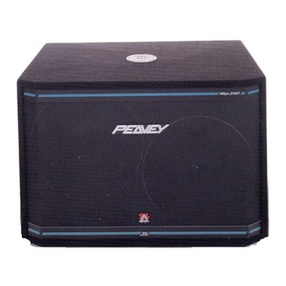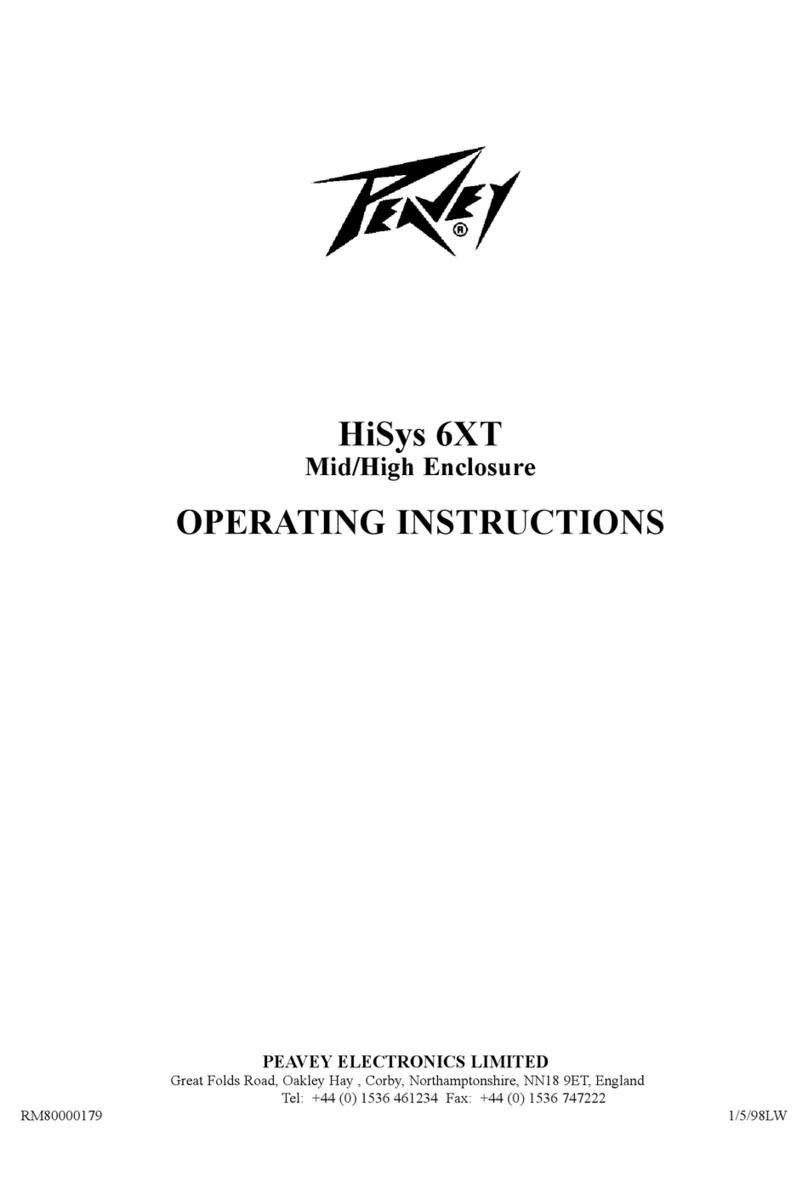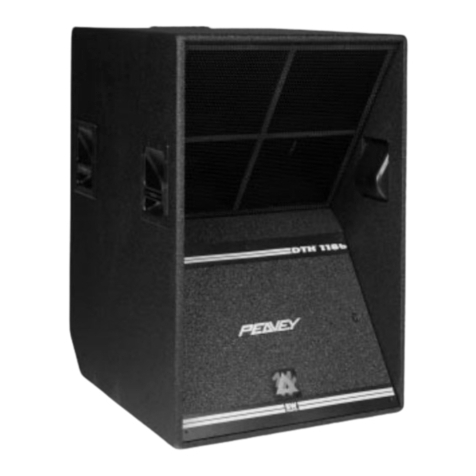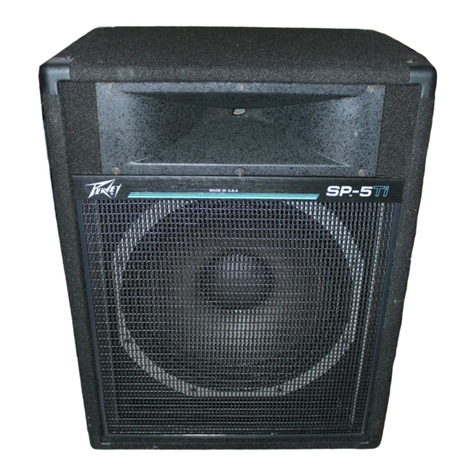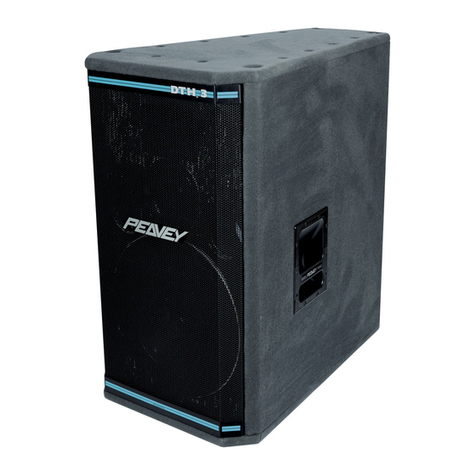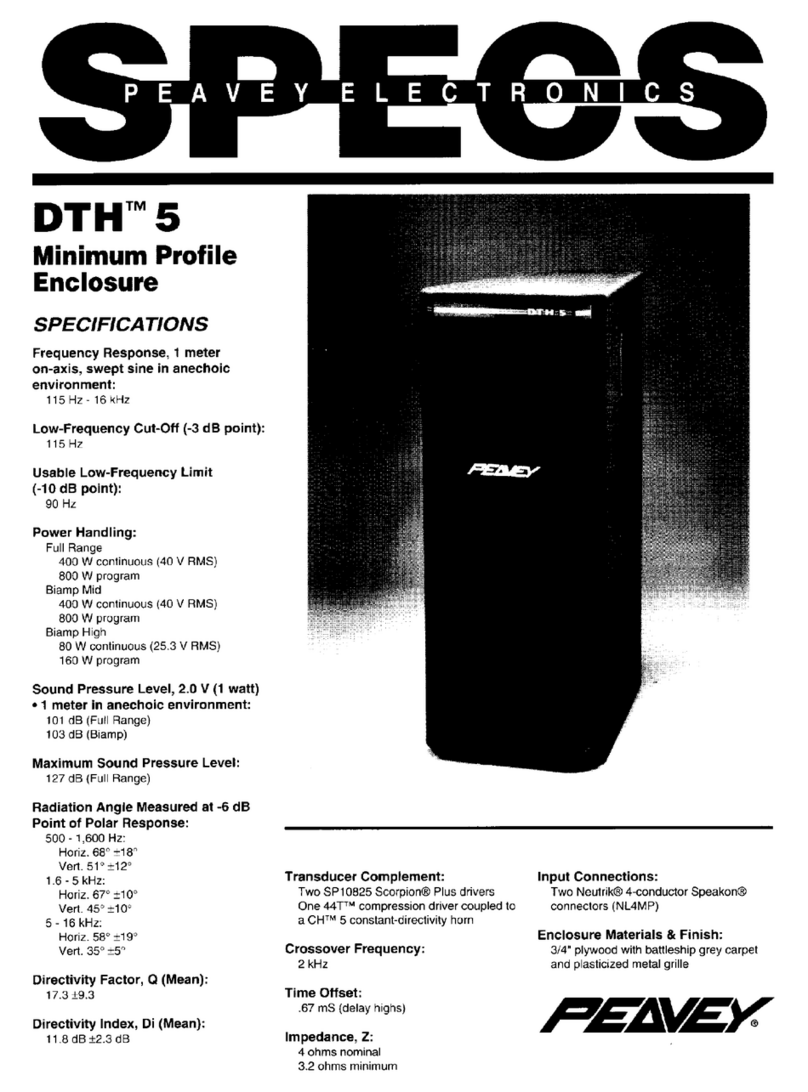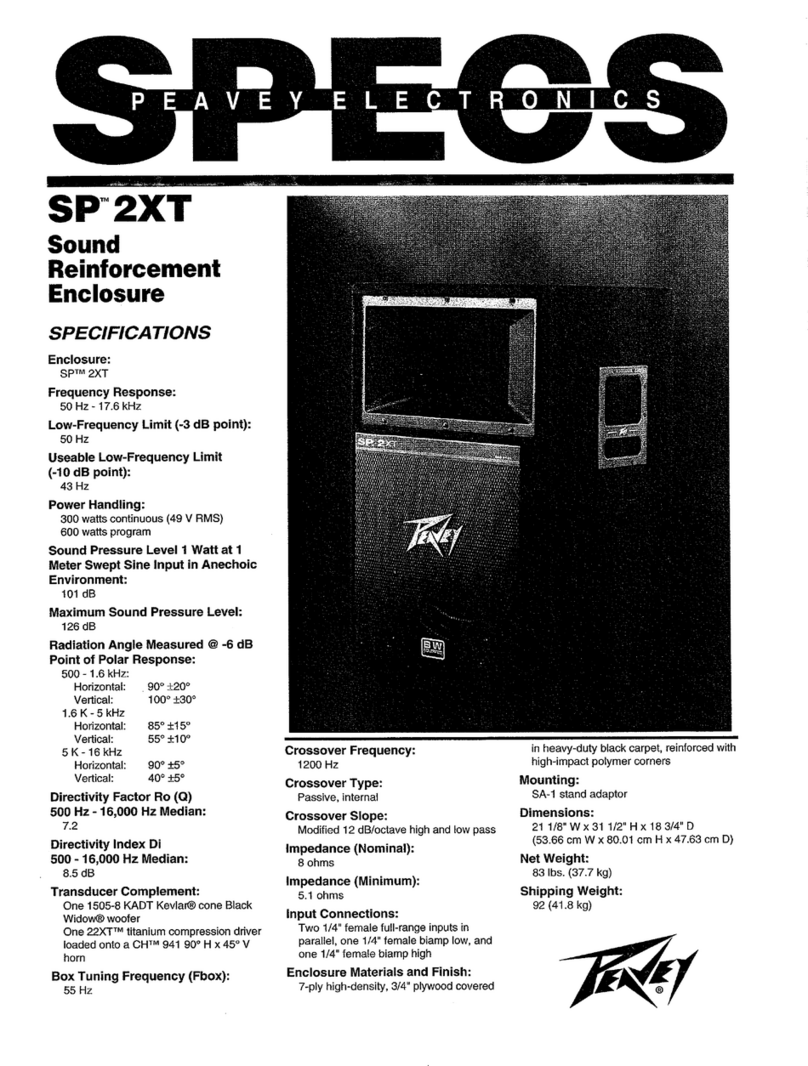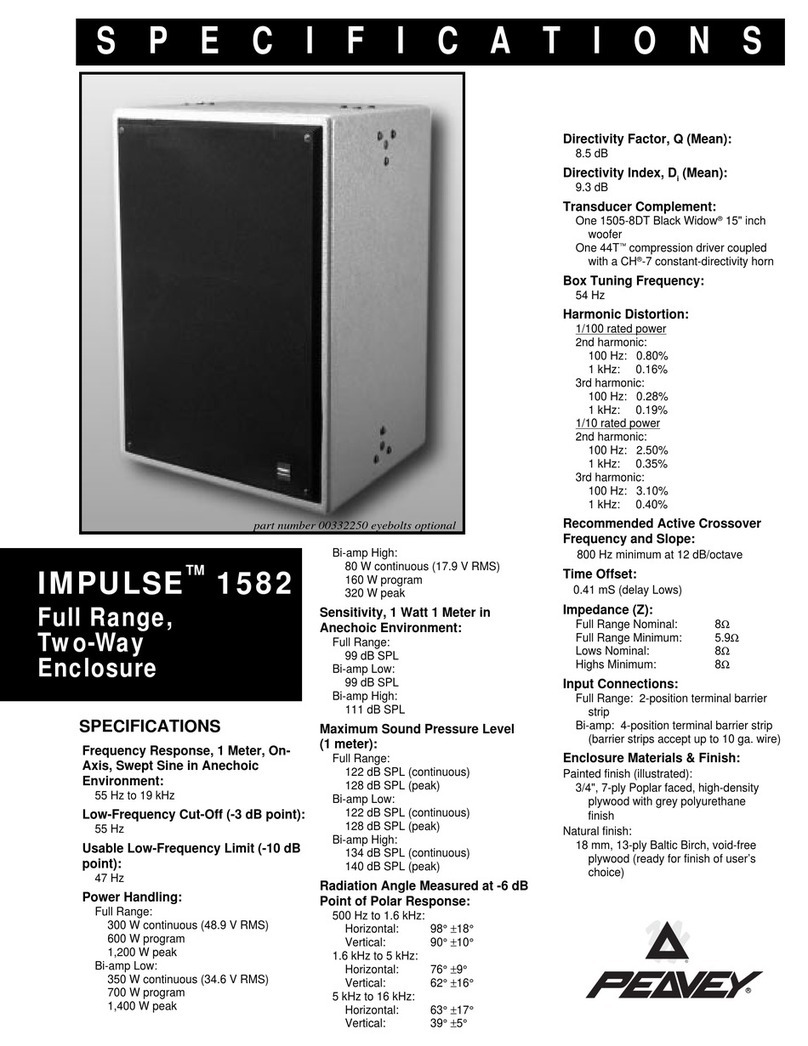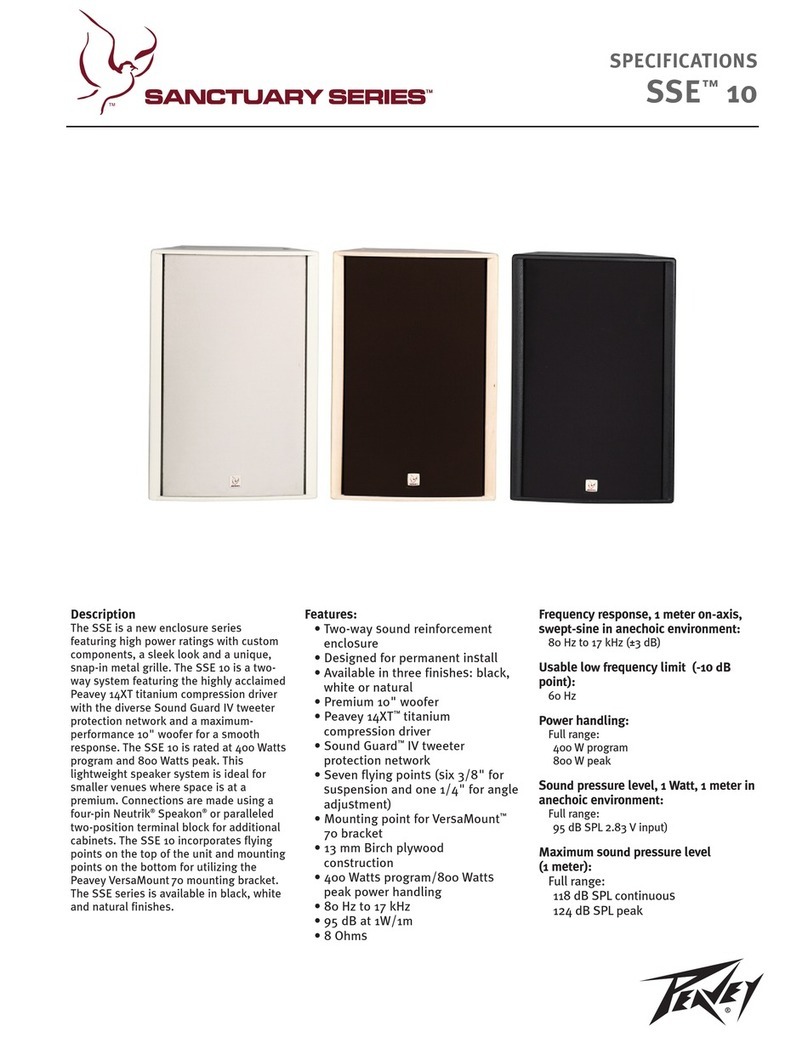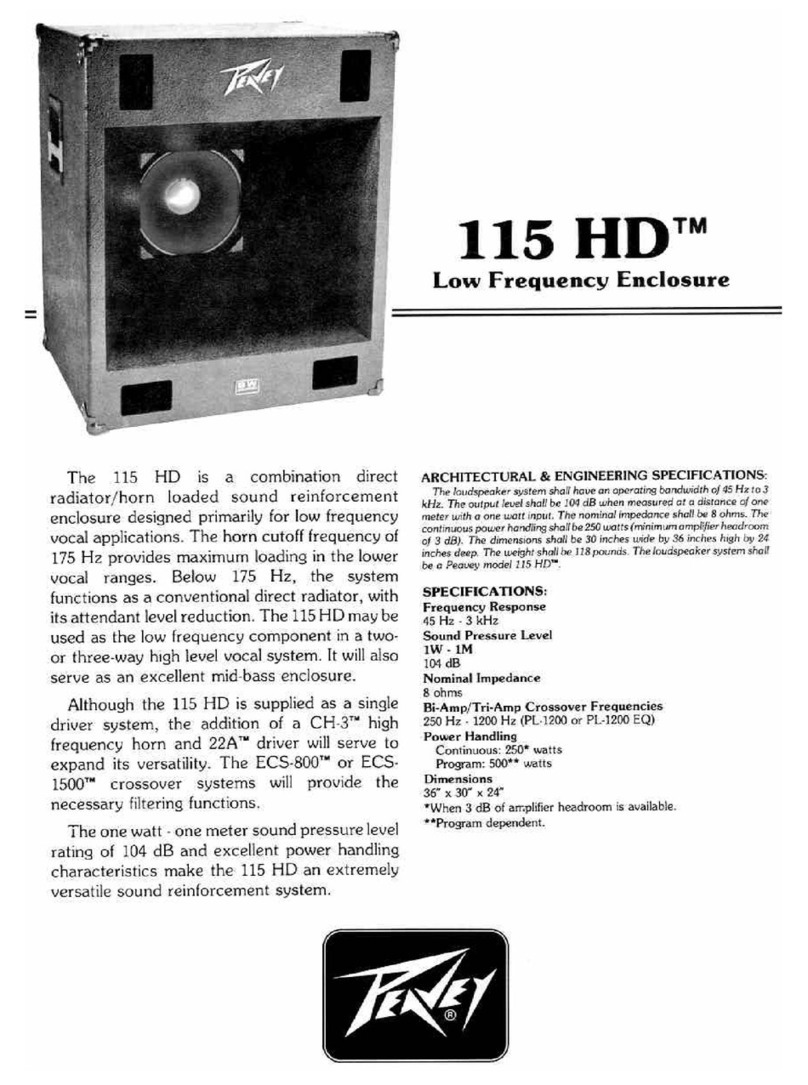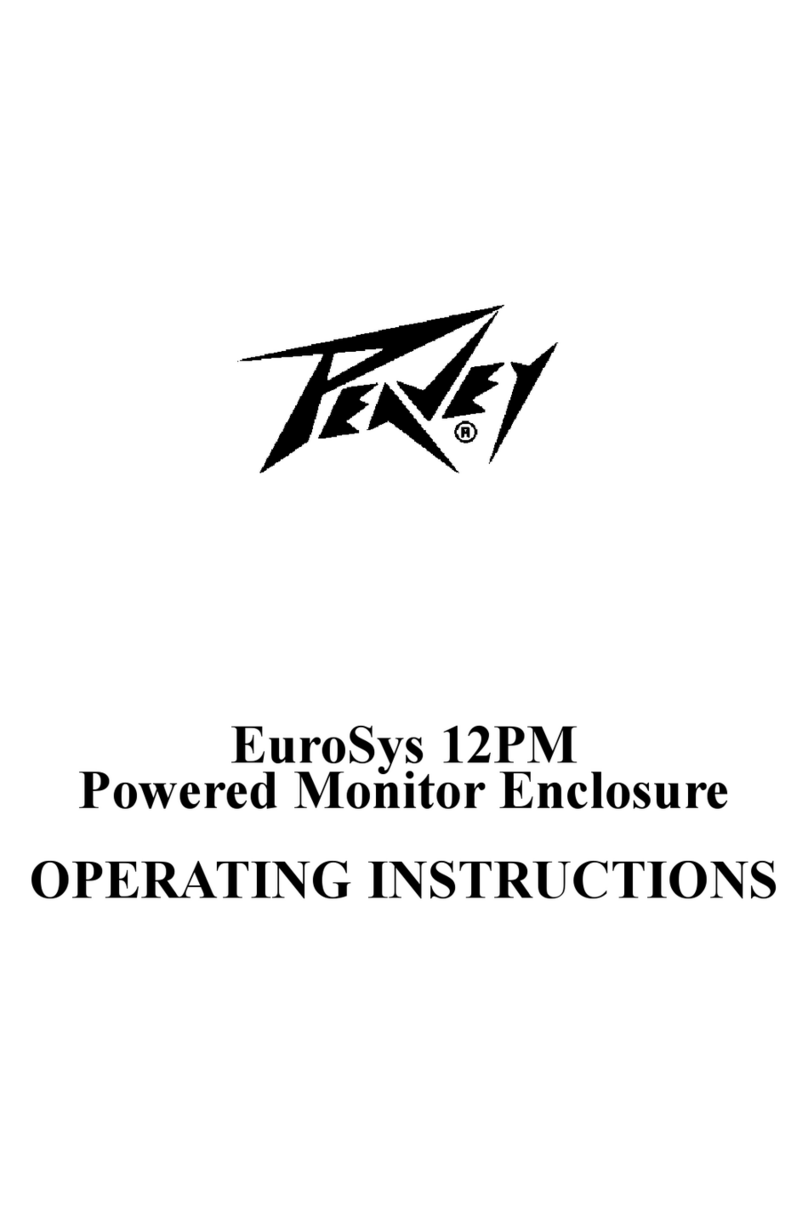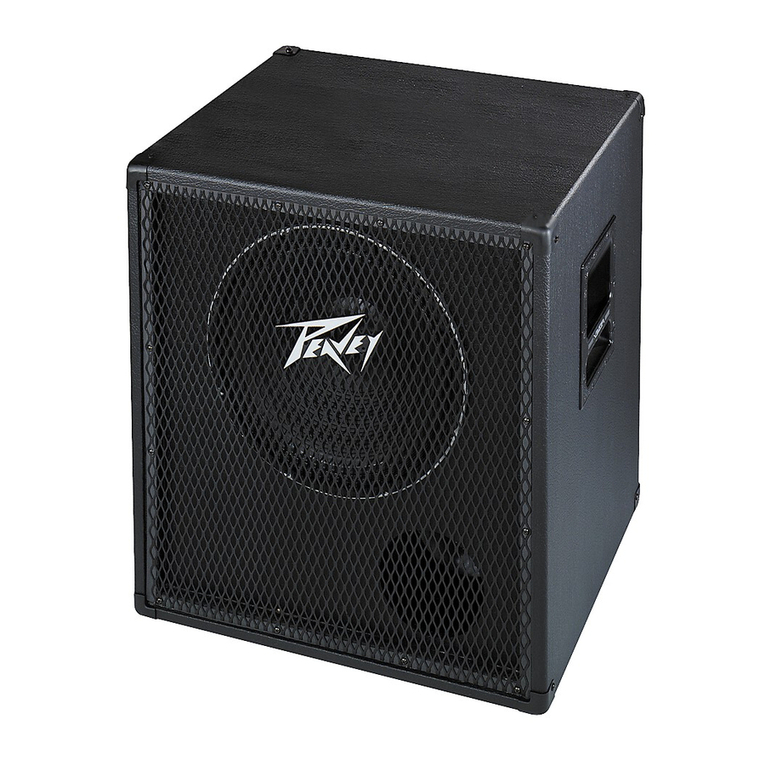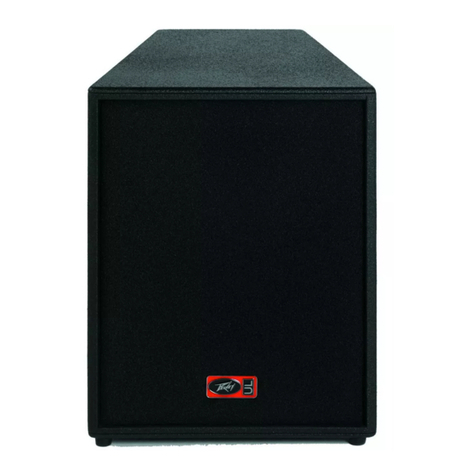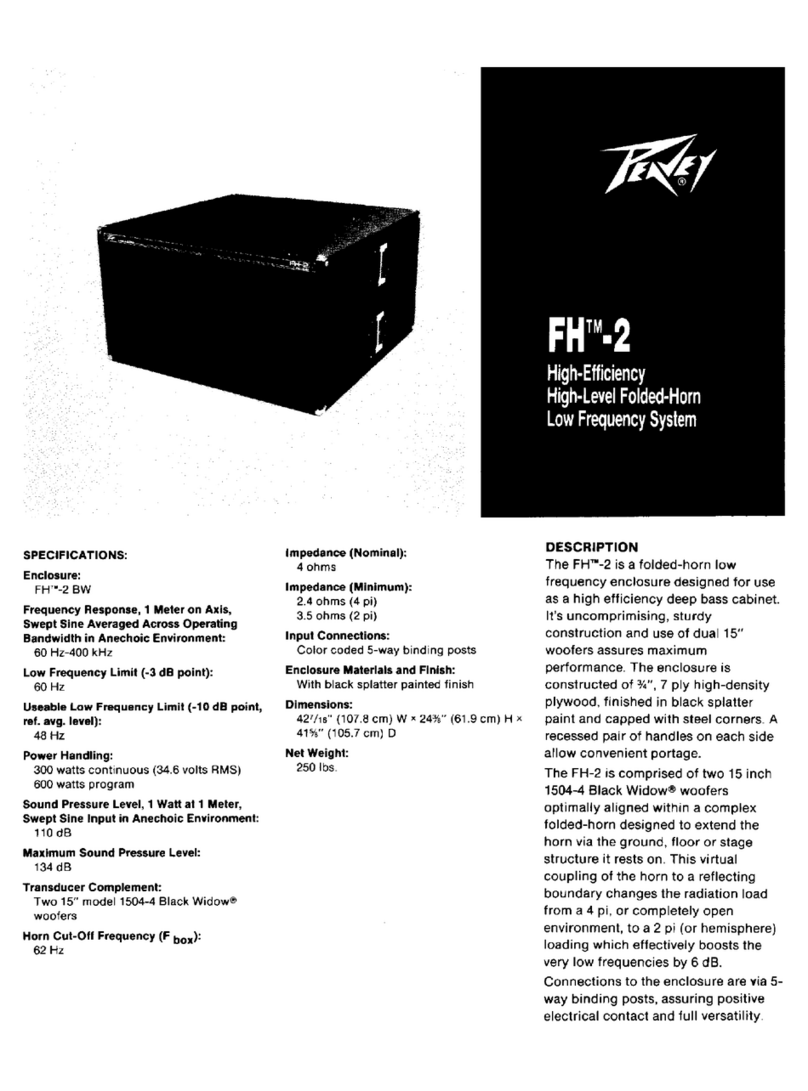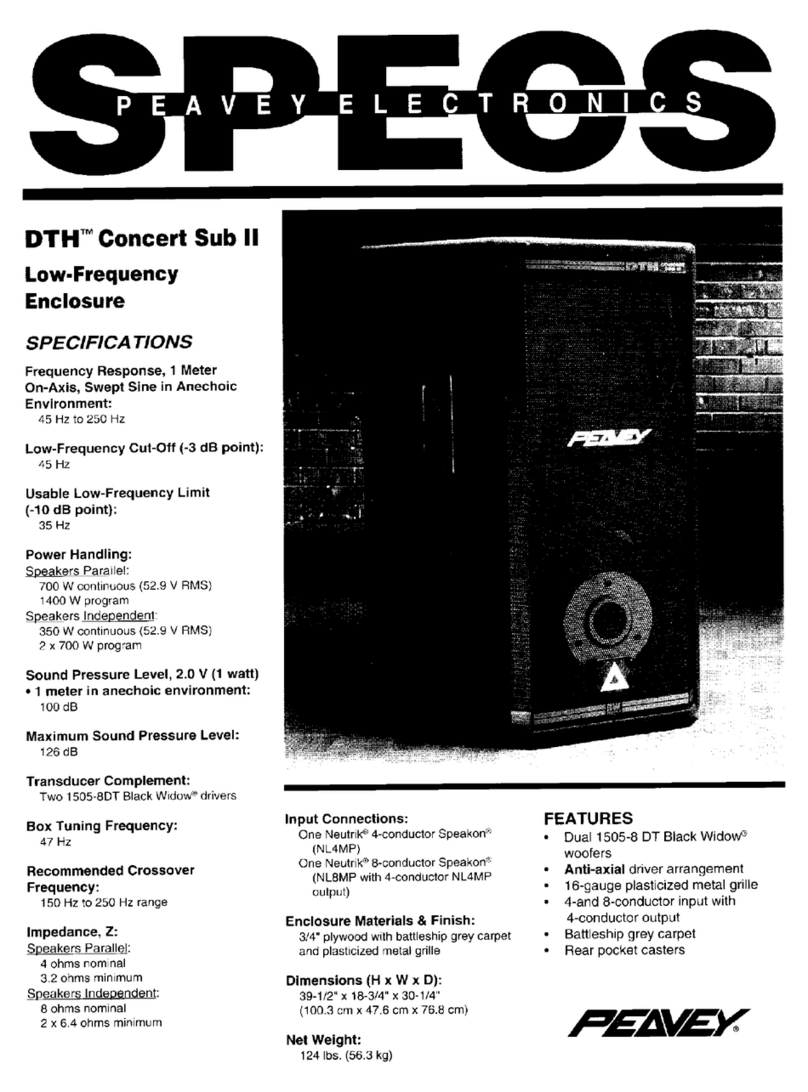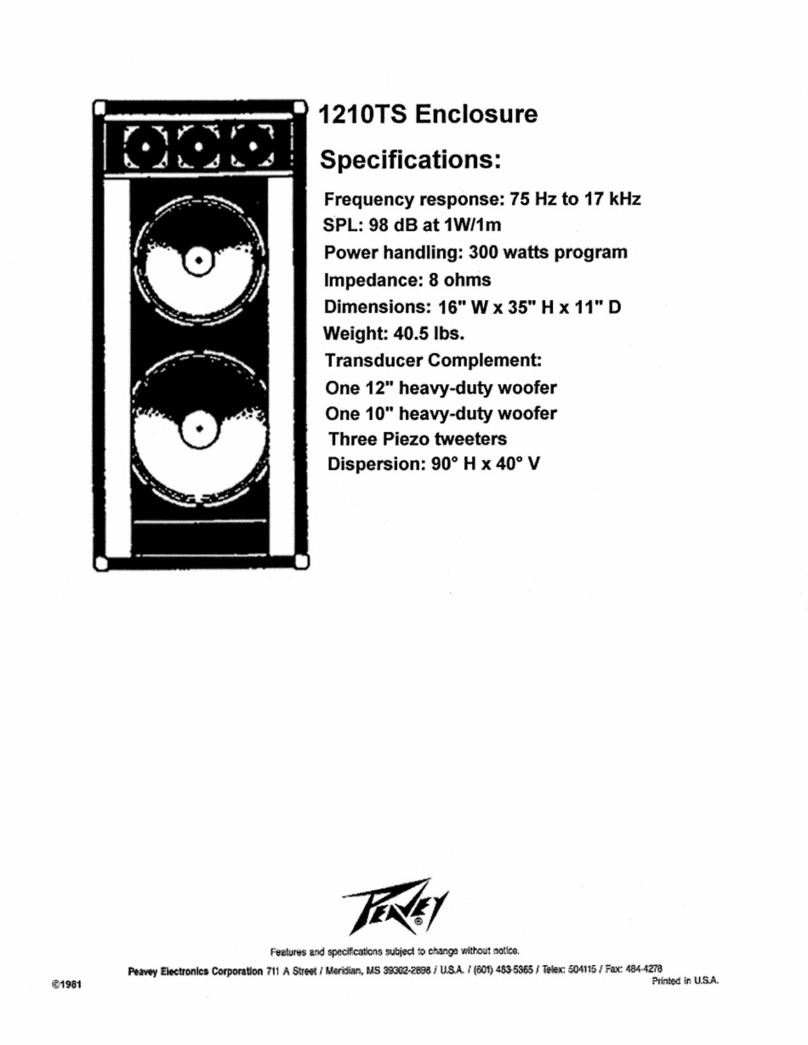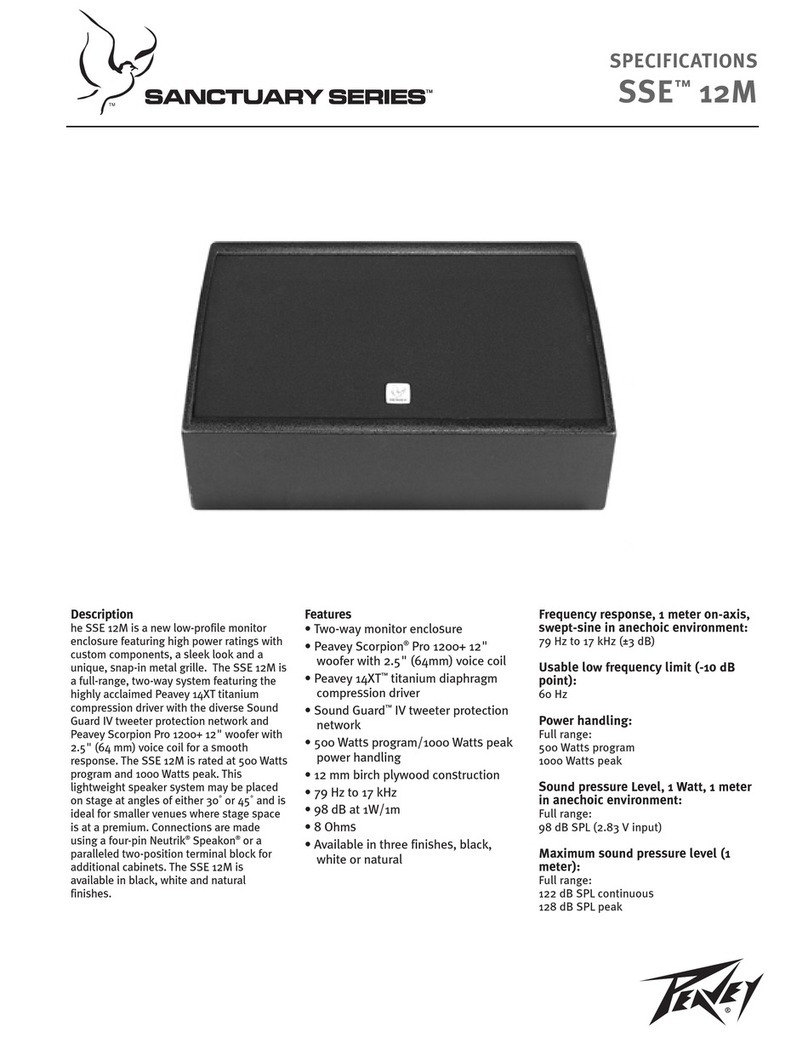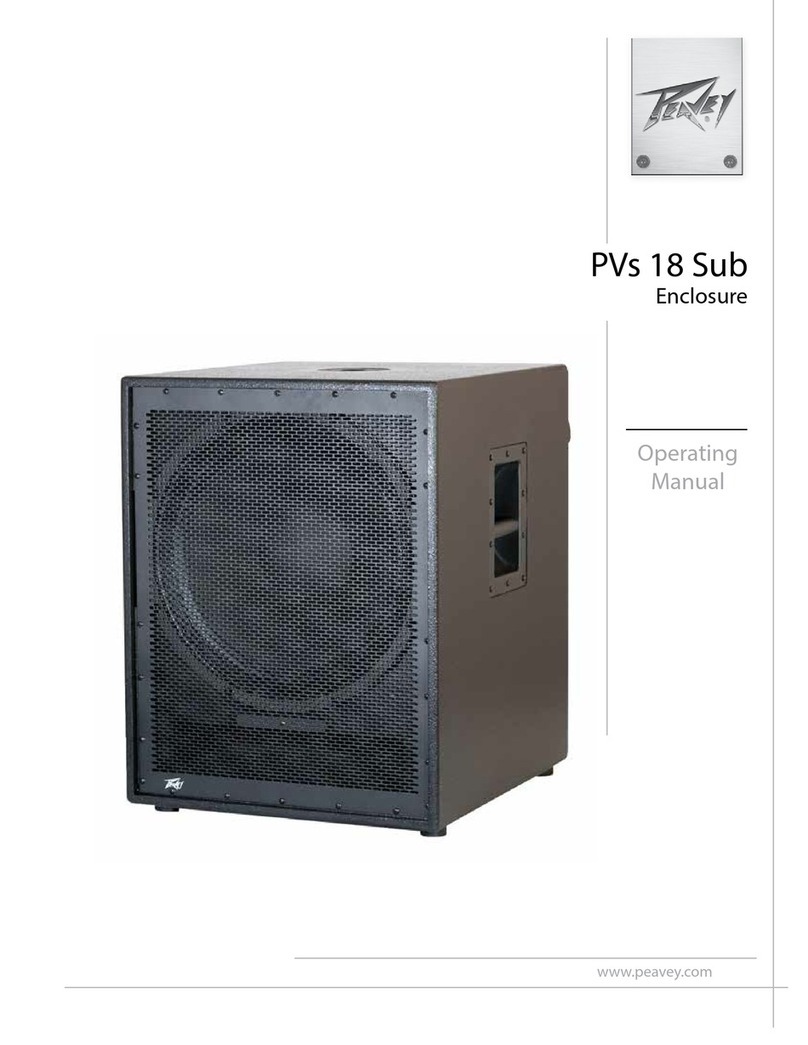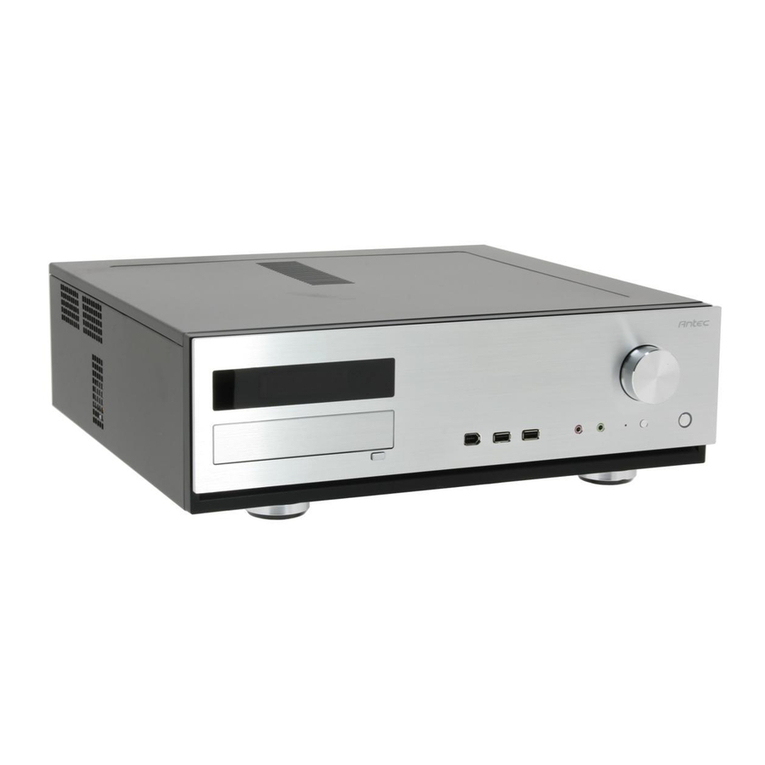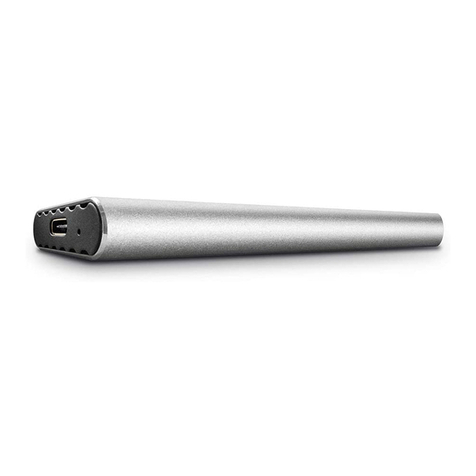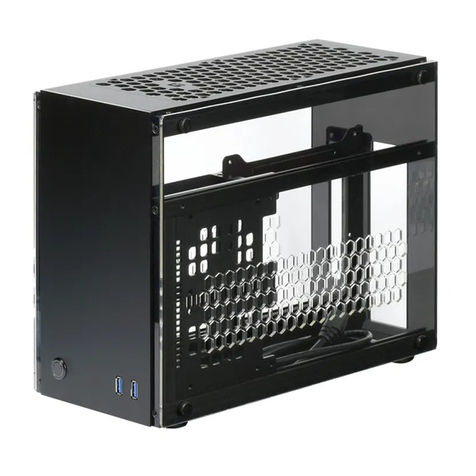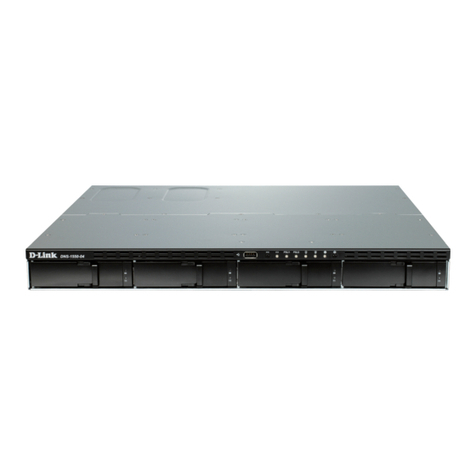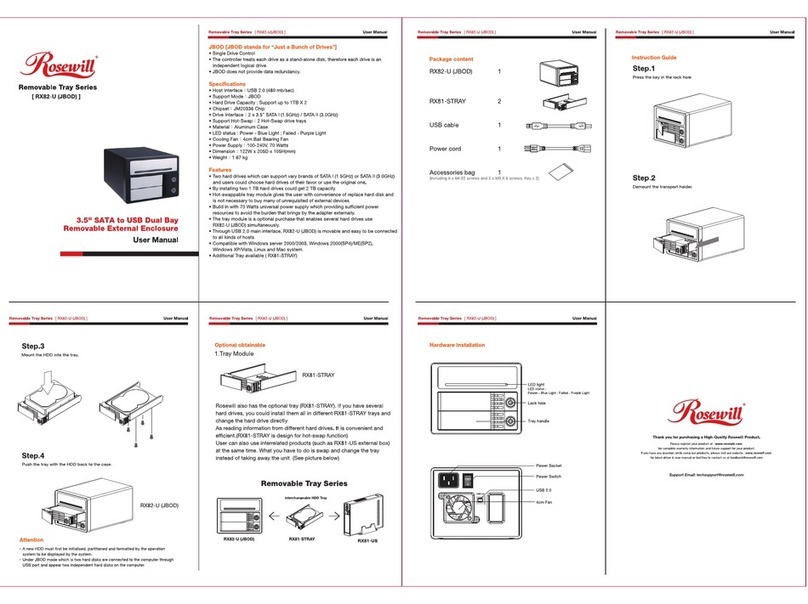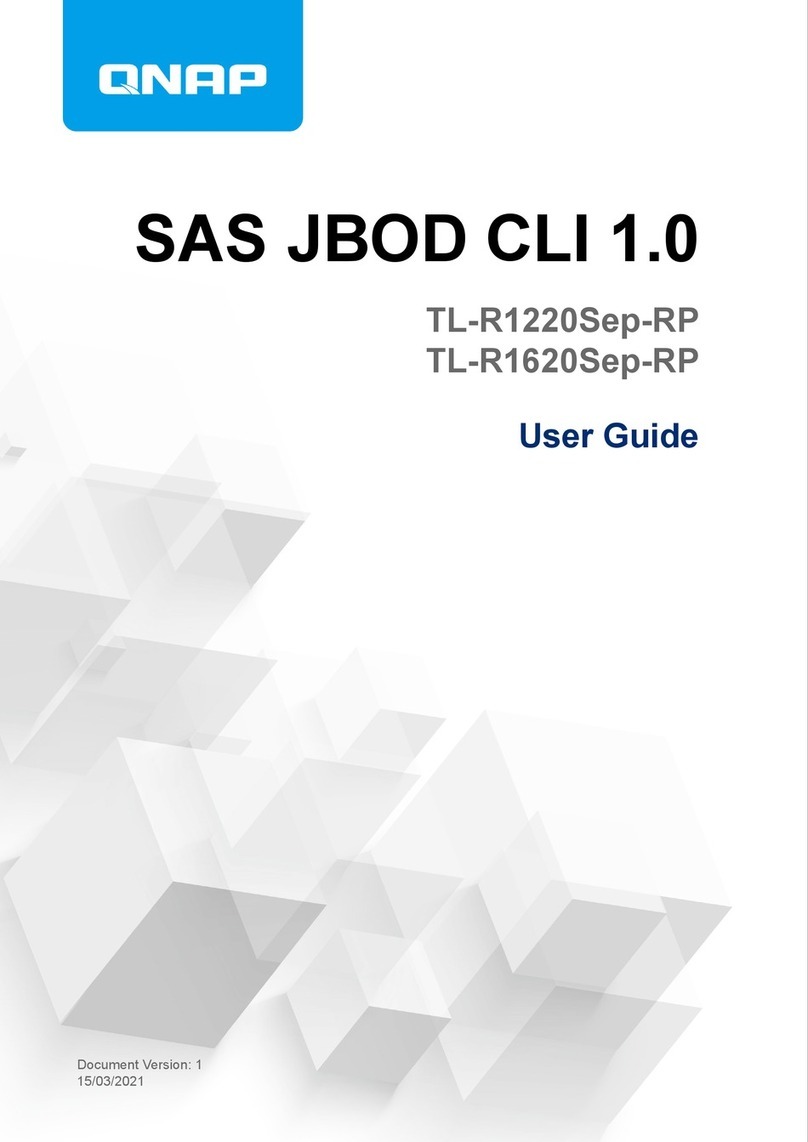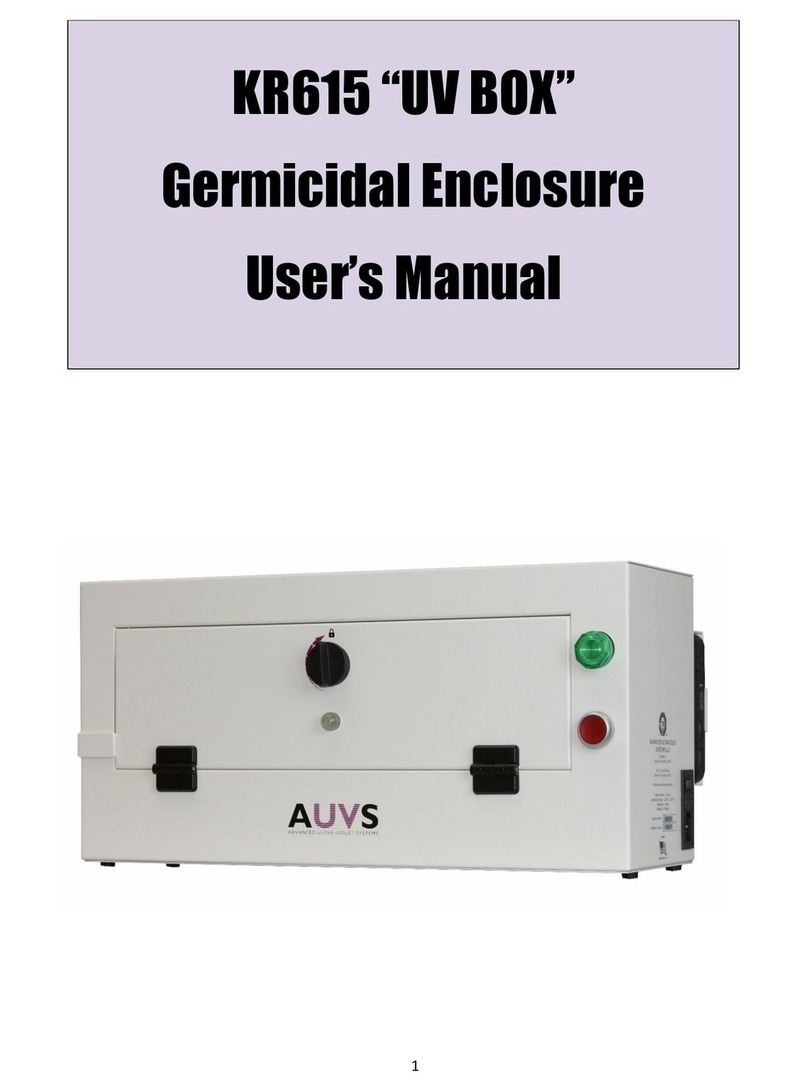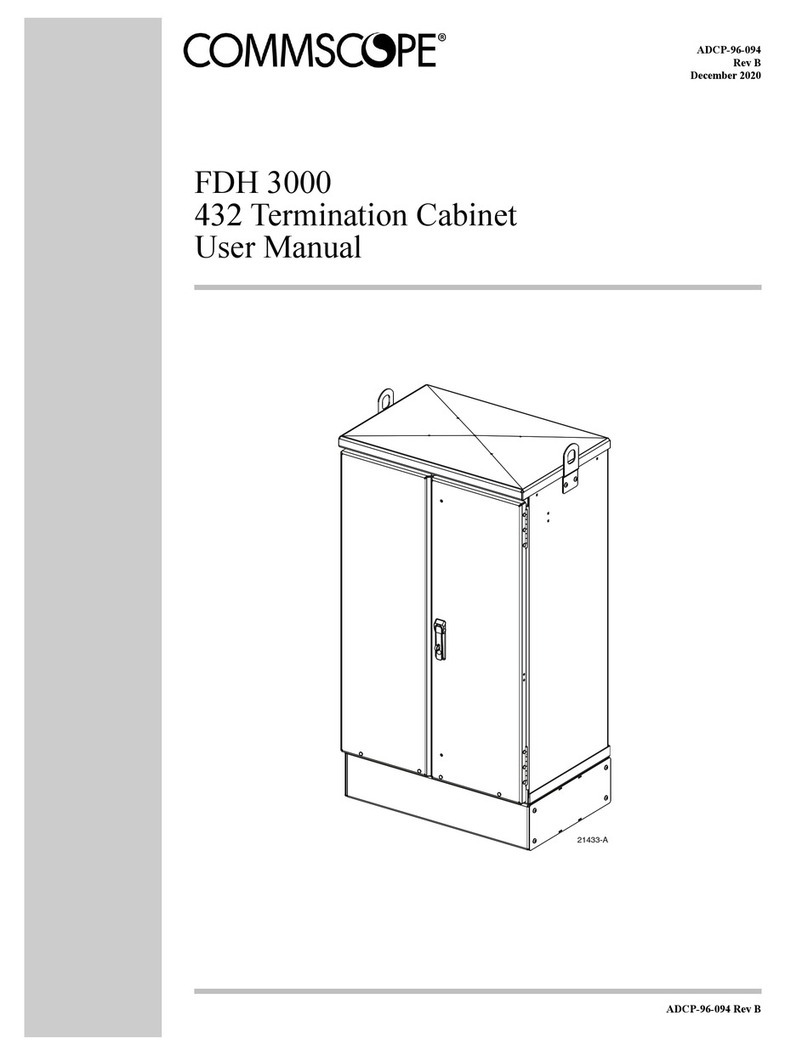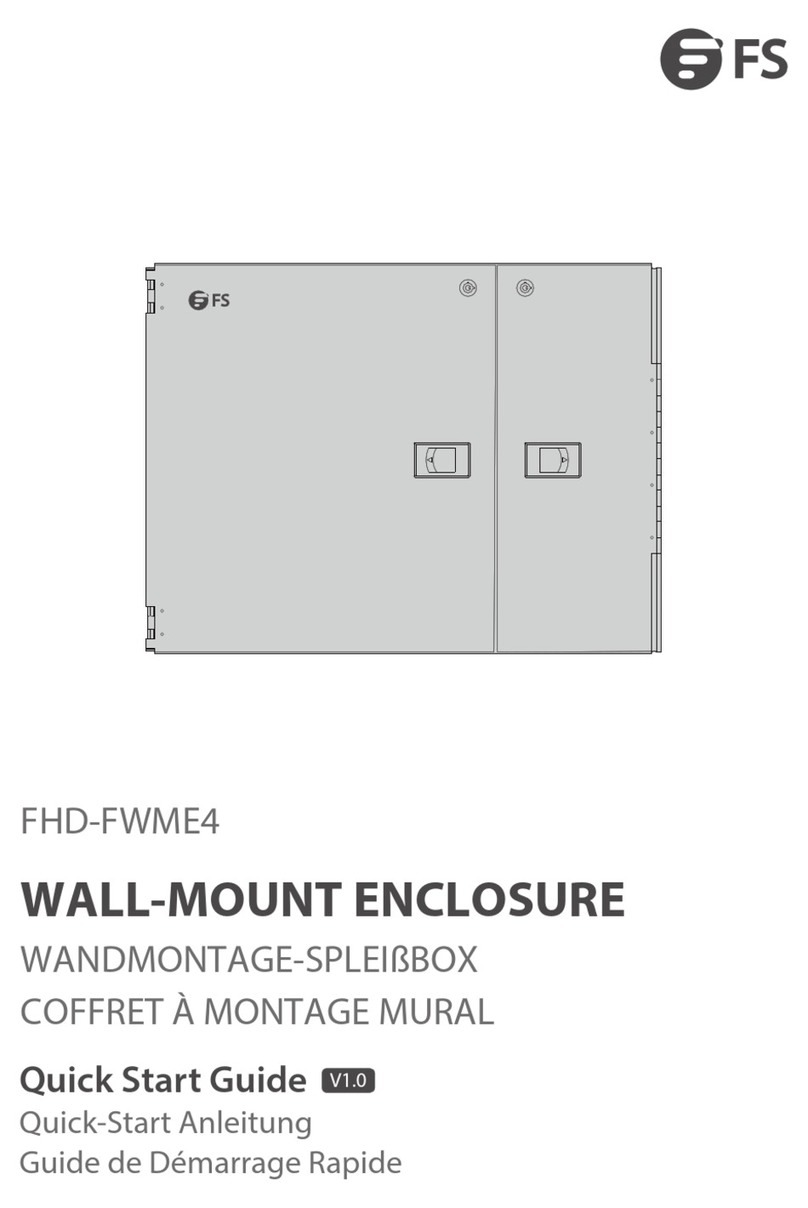
Placing A Satellite Speaker System On Top Of e PVs 15 Sub
e PVs 15 Sub has a threaded pole mount built-in to the top of the unit, and this is designed to mate with an
M20 threaded pole of approx. 32” in length or less. is pole is designed to be used with speaker systems less
than 33” high and less than 60 lbs. in weight.
Do not place a taller/larger or heavier speaker system than this on the pole, or it may be unsafe due to the poten-
tial to tip over. e PVs 15 Sub must be placed on rm and level ground, in order for the pole mounted speaker
to be safe from tipping.
When installing or de-installing the speaker on the pole, it is a good practice to have a helper if possible, it can
be hard to “thread the needle” and mate the pole cup to the Subwoofer pole while holding the speaker system at
arm’s length.
When using the PVs 15 Sub and pole outdoors, never attach banners or ags to the pole or the pole mounted
speaker system, strong winds may cause the speaker to blow over. If there is a possibility of strong windy condi-
tions, then it may be prudent to consider removing the speaker from the pole to prevent the PVs 15 Sub and pole
mounted speaker system from being blown over.
Connecting AC Power To e PVs 15 Sub
e PVs 15 Sub typically comes with a 7.5-foot (or longer) IEC connection AC power cord. If you are using
an extension cord or power strip with this powered speaker, make sure it is of good quality and of a sucient
current capacity to maintain safety and maximize the power output capability of the PVs 15 Sub. For maximum
undistorted output, do not connect any other device to the same extension cord that the PVs 15 Sub is connected
to. Do not exceed the rated current capacity of the extension cord with the sum total of all units connected to
it.
When rst plugging in the PVs 15 Sub AC cord, make sure the power switch is in the O position, and then turn
it On only once the power cord has been connected. Built-in muting will engage when the proper sequence of
steps is taken.
Special Note for Permanent Installation
When installing the PVs 15 Sub, AC power runs will be used and a certied electrician should be consulted to be
sure that all AC wiring complies with local codes and regulations. It is also advisable to use a cable clip properly
axed to the cabinet to strain relief the IEC power cord connected to the amplier module at (2) so the power
cord cannot be pulled out or vibrate loose.
Connecting a Signal to the PVs 15 Sub
ere are a variety of ways to input a signal to the PVs 15 Sub. e input (5) provides a balanced line-level input,
allowing the use of a 1/4” TRS (ring-tip-sleeve) type phone plug or a male XLR plug. Of course, an unbalanced
1 / 4 “ phone plug can be used as well, but it will not have the benet of the balanced connections rejection of
outside interference such as hum and RFI.
Do not connect cables to the jacks while the unit is ON and the Gain knob is turned up! While a standard
single-ended 1/4” phone plug-equipped cable will work well and the balanced input circuitry will provide some
interference rejection, a balanced cable using either the balanced TRS 1/4” phone plug or the XLR plug will pro-
vide superior interference rejection and performance.
Sometimes, with dicult interference problems, it will be helpful to li the shield ground ( Pin #1 of an XLR) of
a balanced cable at the PVs 15 Sub end. is can be done quite easily by activating the Ground Li switch (10)
built-in to the PVs 15 Sub. Check any input changes carefully, always turning the Gain control down before plug-
